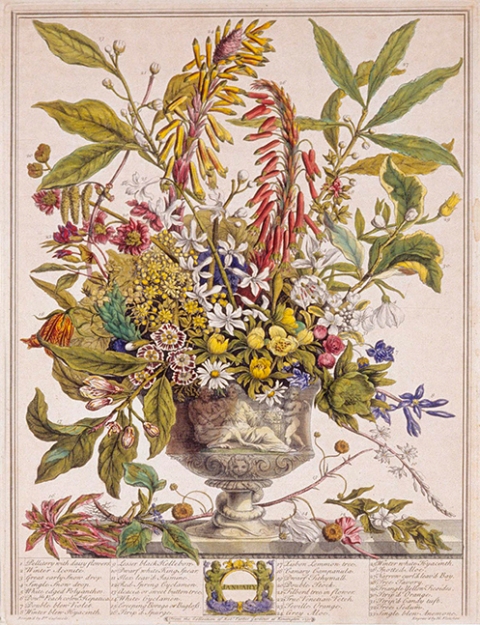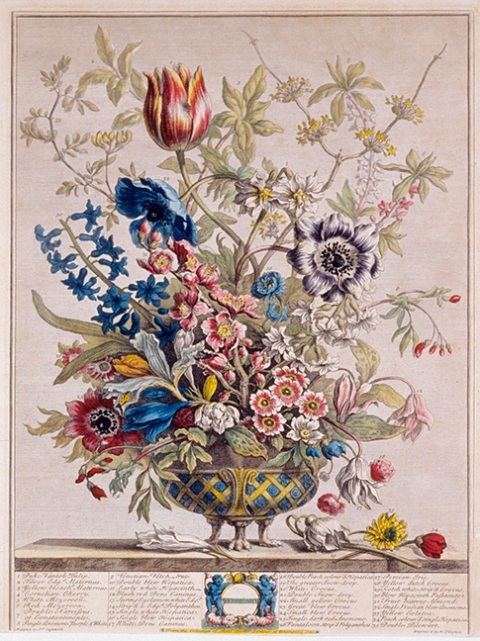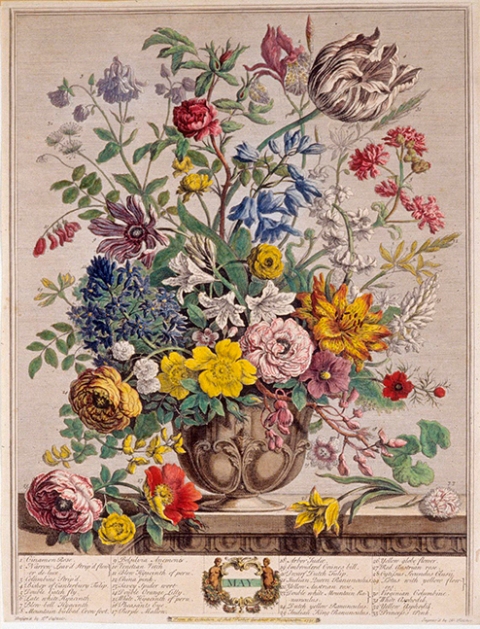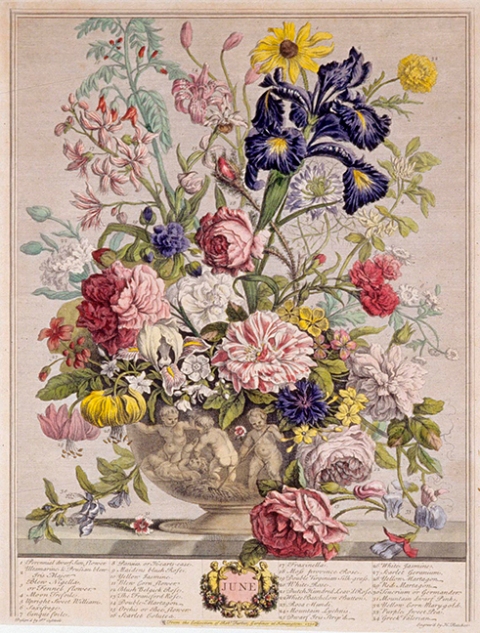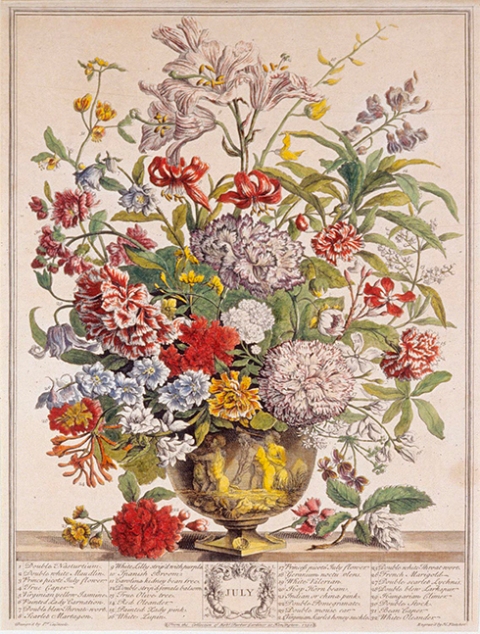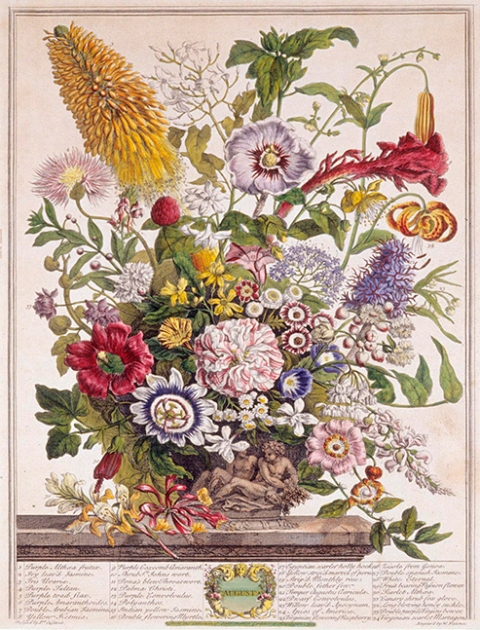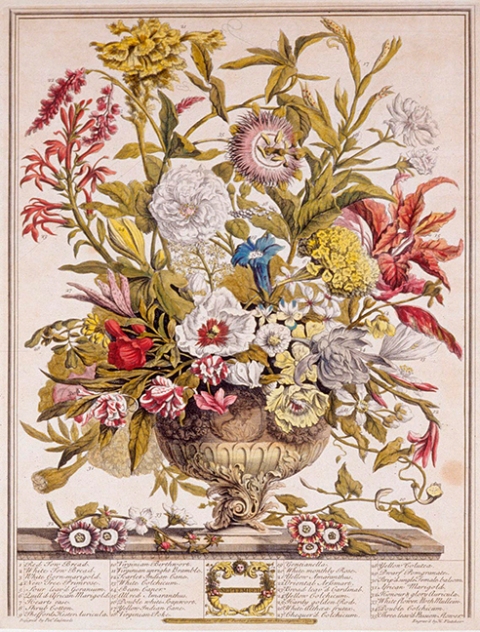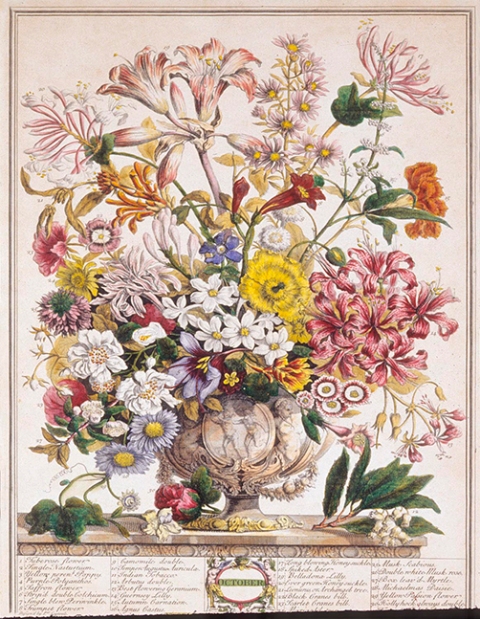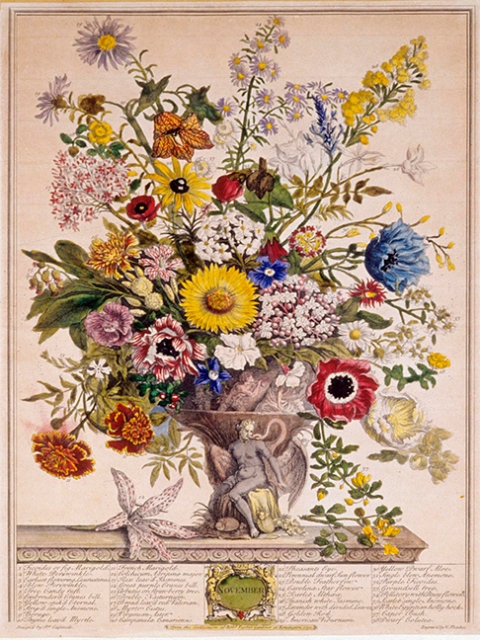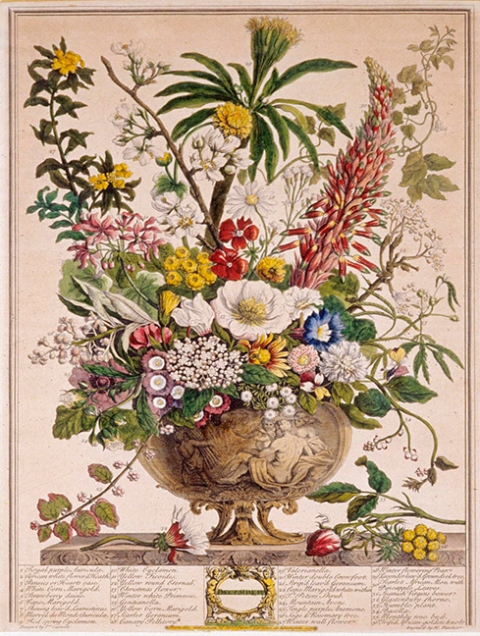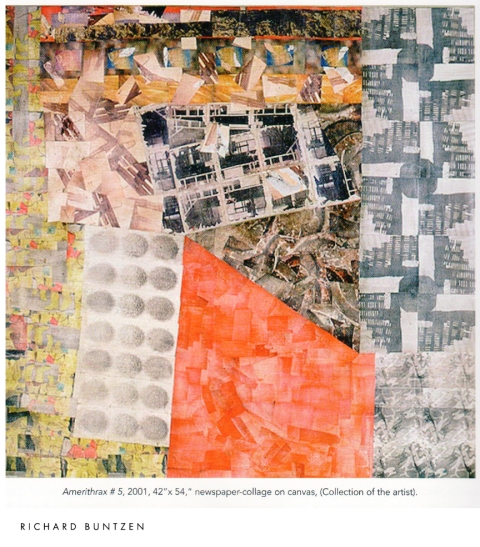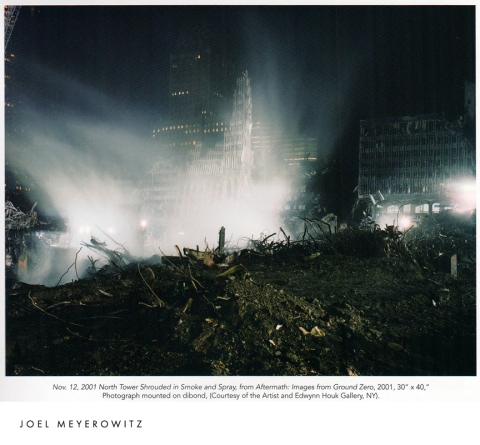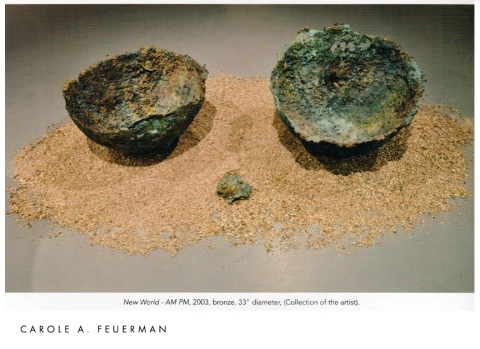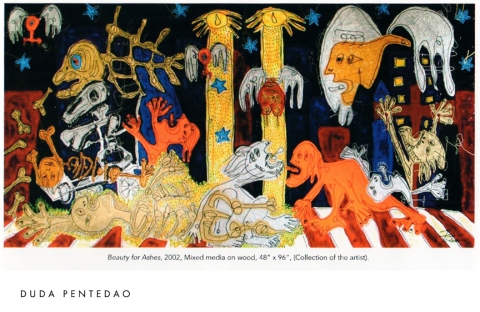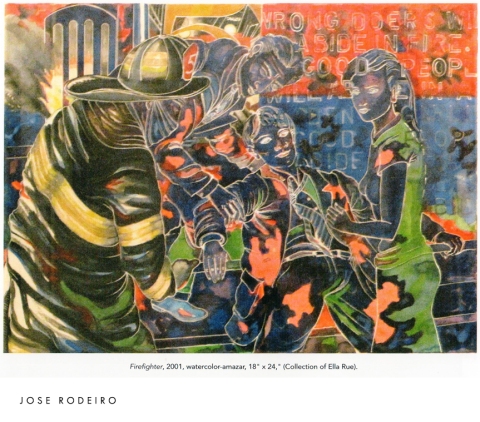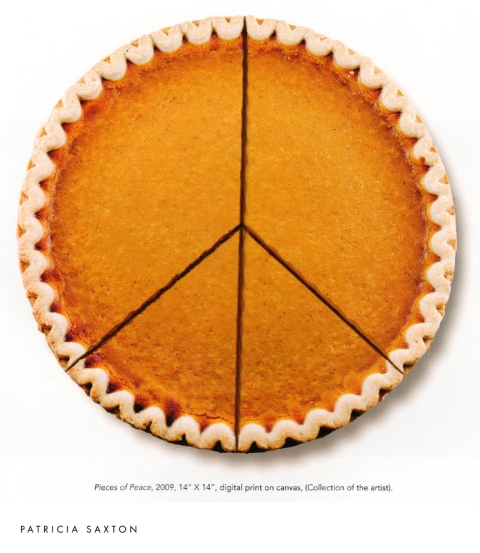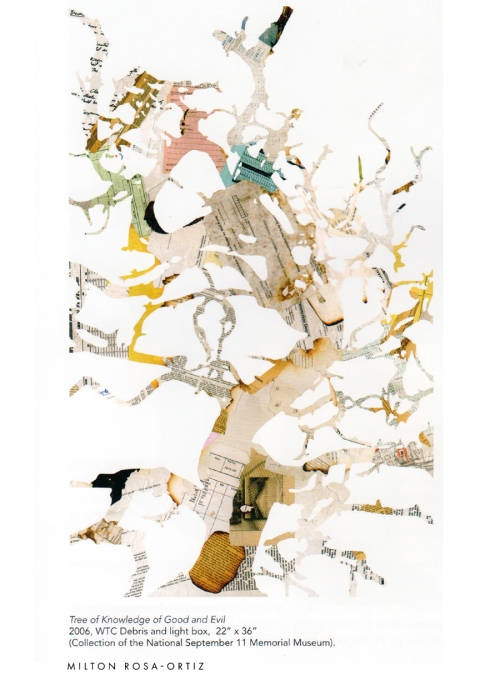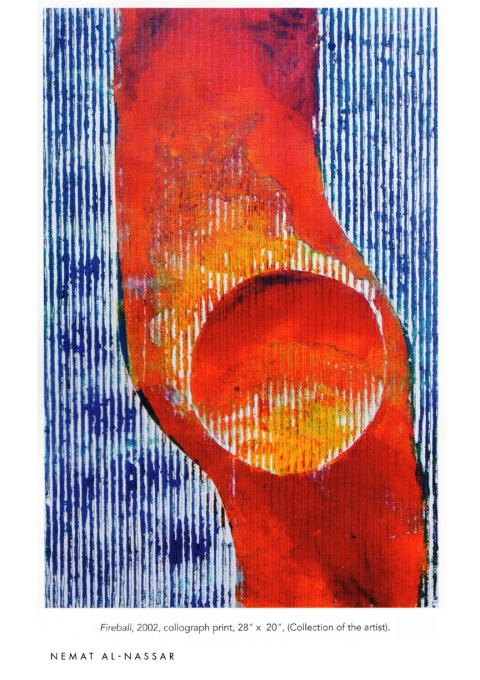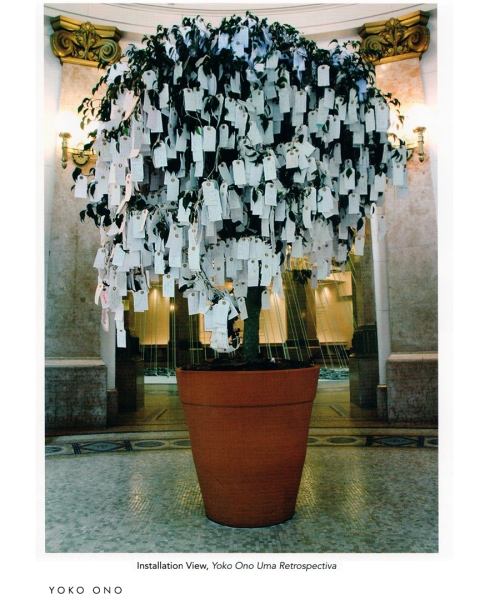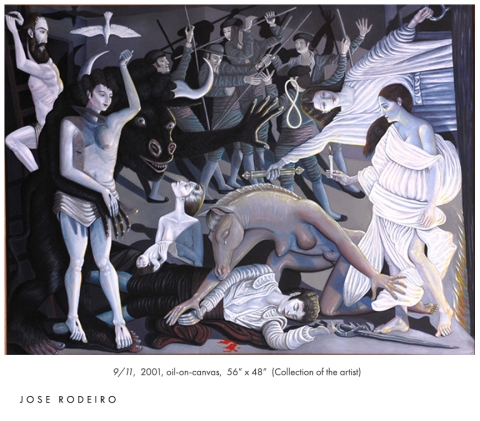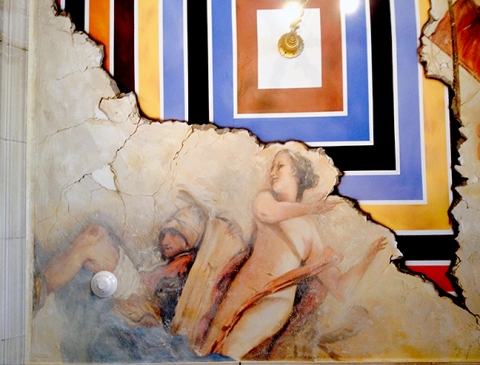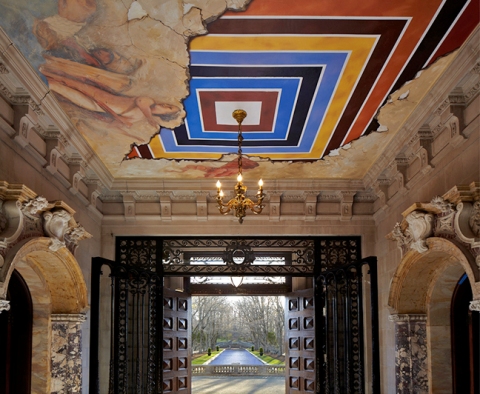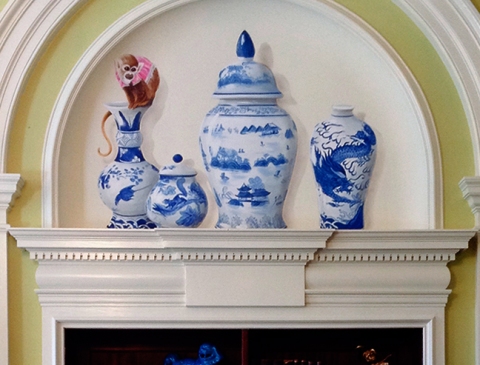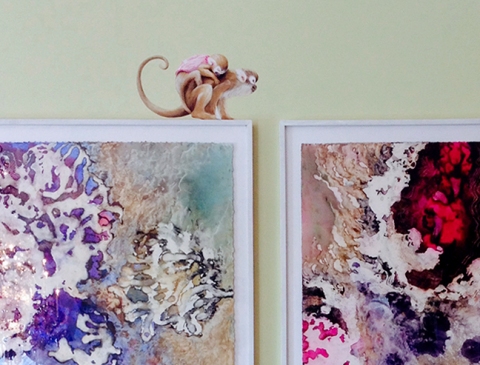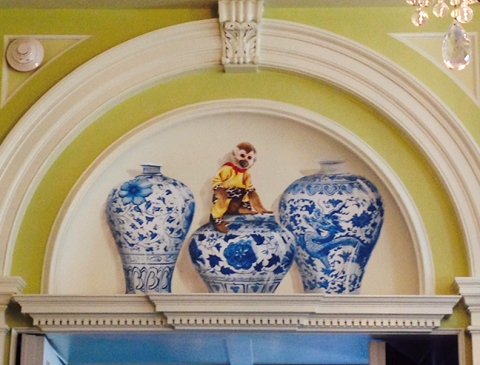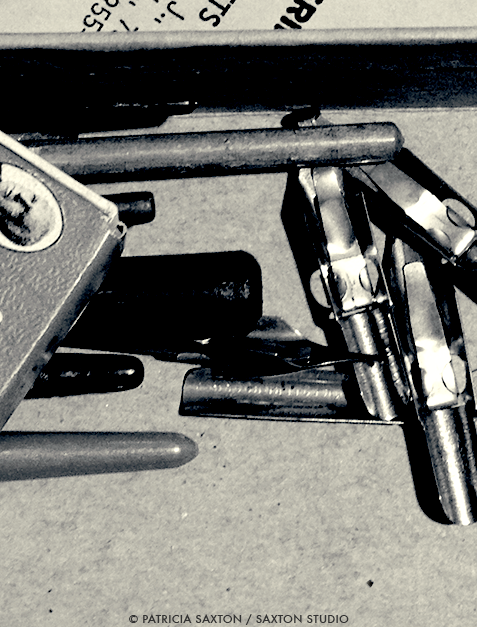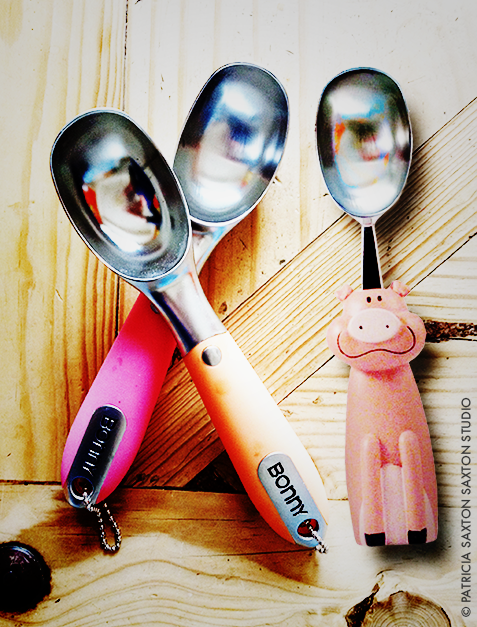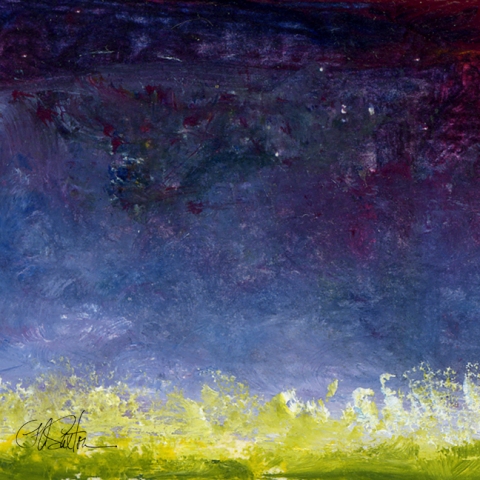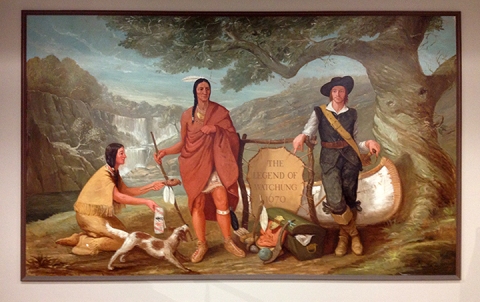Patience and Process

Everything’s got a process. The seasons, falling in love, solving a problem, making a meal, setting sail, etc.
So, too, with art.
With design, it’s largely a mental process. One word, one image, one “sense” can set off a cascade of ideas for the mind to siphon and distill, then execute with the clean tools of my Mac. (Not like the old days of things like rubber cement, and amber sheets for separating color, which I readily admit not missing at all.)
With illustration, it’s both a mental and physical process – lining up my tools, making physical sketches, conjuring ways to illustratively express different concepts and then execute, still, for me, primarily by hand.
With painting, it’s almost purely a physical process – brushes, paints, canvasses – along with a great deal of heart. There’s not a whole lot of “figuring” things out. The act of painting takes the lead, as opposed to the mind taking the lead.
And then, sometimes, the process – any process – gets clogged. There’s a setback. Things happen – often things that are out of our control (although, most of life is [out of our control], despite what we might like to think… but that’s another talk, for another time.); acts of God and so forth.
A few years back there was a huge flood in my studio. Took a few months to get my design and drawing stations in workable shape, which was key. Next would come the painting area. But time went by, and went by. The task was daunting, and I was busy writing and illustrating Dragons* in between client work.
Still, the canvasses whispered. Then they called. Then they shouted.
Finally, with some help, I cleared the space enough to feel I could answer their longing, incessant chatter, and right away felt better. Chomping at the bit, I would designate Saturday’s as painting day (other days were welcome, but this would be an agreed-to arrangement between me and paint). Yes! All was lining up.
So. On the appointed day, I clear off some last things from the table beside easel #1, clean it like new (a little lemon oil does wonders), grab a favorite old oversized shirt, a paint rag and one of the many not-so-patiently waiting images already engraved in my mind’s eye.
Just a few more things moved aside uncovers my marvelous palette, which I see, to my imminent dismay, is loaded high with caked on paint remnants. I decide it’s a work of art in and of itself – but will not do for squeezing fresh paints over all its hills and dales, nor sweeping a brush through assorted nooks and crannies.
And thus ended my first day of renewed painting. The mood cut short by a crusty old palette, and the need for a new one.
Initially frustrated, I soon realize it’s just part of the process. Making ready, preparing the space. There’s a ritual to it – shirt or apron, rags, the gathering and oozing of colors, the first strokes of the brush – and I hadn’t yet gotten to the place I’d been before, where ritual flows, all “set and ready” for when the spirit moves and chunks of time move with it.
Patience child, you’re almost there. Trust the process.
In the meantime, even more inspiration was uncovered by my delightfully messy palette (especially the underside – who knew?!) – just in case I needed any more. 😉
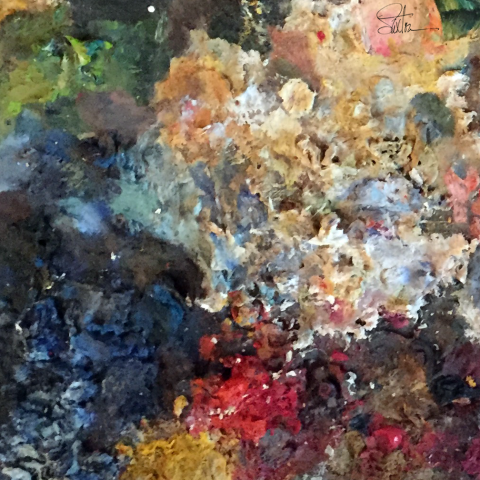
saxton palette / topside
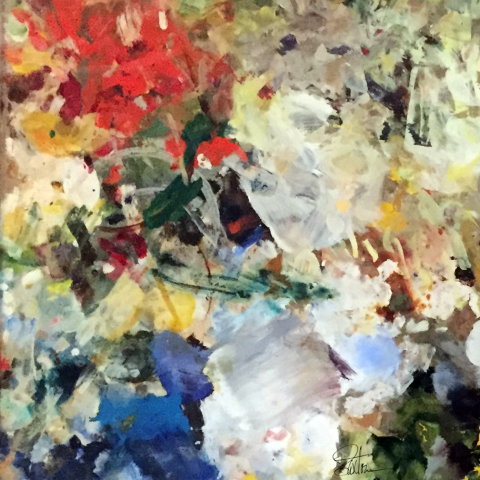
saxton palette / underside



